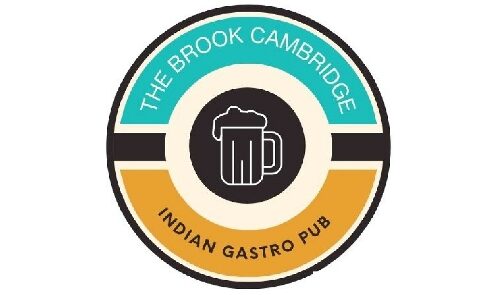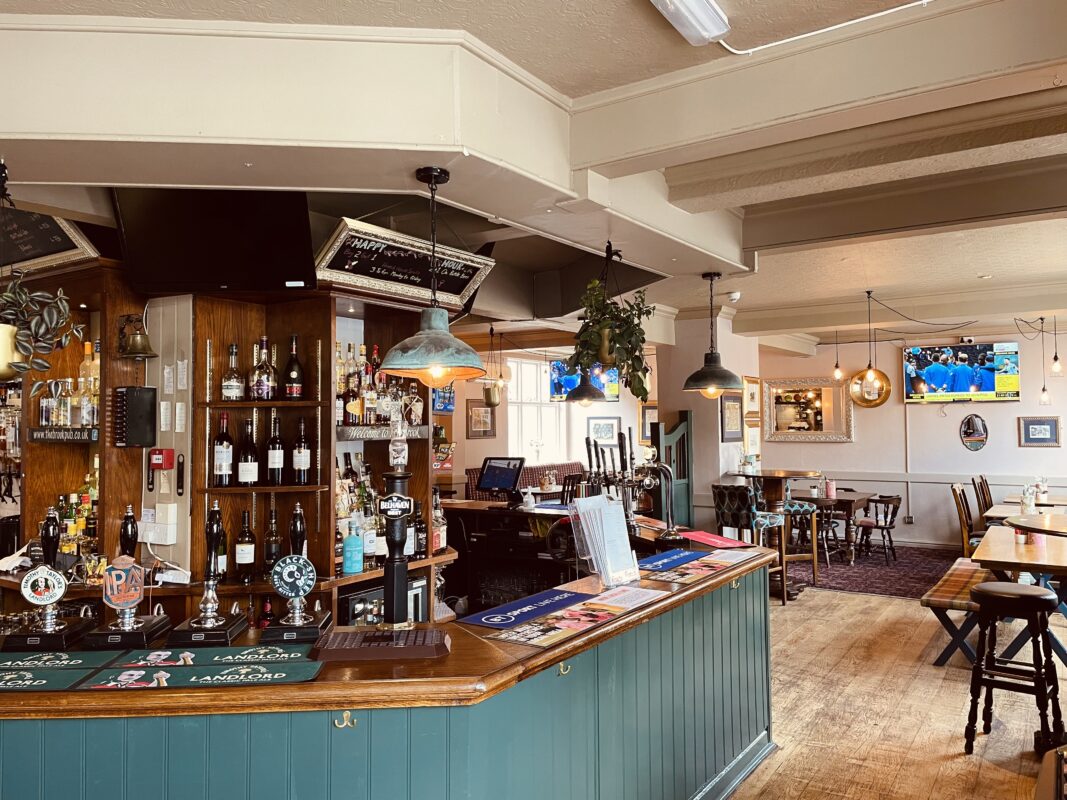For generations, pubs have been an integral part of people’s lives. It serves as the social hub, the setting for innumerable tales, and the lifeblood of communities. The modern gastropub, where culinary innovation coexists with socialising, is the product of a dramatic shift in pub culture away from the old-fashioned watering hole that prioritised pints and friendship. This investigation delves into the interesting history of The Evolution of Pub Culture, looking at the elements that have influenced its development and the rise of the modern gastropub.
The Evolution of Pub Culture
Tradition’s Origins
It is necessary to return to the origins of pub culture in order to comprehend its development. Pubs with a long history typically have low lighting, wooden furniture, and a menu that focused on hearty comfort foods. These bars and restaurants served as more than simply a spot to get a drink. They were gathering spots for the neighborhood’s residents to bond over shared experiences, gossip, and the day’s news.
Ales and stouts were often the only alcoholic beverages available in the early days of the pub’s association with beer. In the past, pubs played an important role as gathering places for people to relax, and enjoy the company of friends and acquaintances away from the stresses of everyday life. People would sit around for hours, chatting, playing games, and even breaking into song every now and then.
Rise of Gastropubs:
The standards that people expected from pubs shifted over time in tandem with societal tastes. The popularity of varied cuisines and the demand for more refined dining experiences led to the emergence of the gastropub. “Gastropub” is an amalgam of “gastronomy” (the art of preparing and enjoying delicious food) and “pub,” indicating a change towards a business with a stronger emphasis on food.
The concept of gastropubs first appeared in the latter half of the twentieth century, offering a fusion of classic pub fare with more sophisticated dining options. Aiming to improve upon the traditional restaurant fare, these more contemporary eateries introduced menus made with care, showcasing dishes made with only the finest ingredients and frequently cooked by talented chefs.
Factors behind evolution:
Consumer Tastes Change –
A Variety of Tastes:
Bars have diversified their menus due to the globalisation of culinary culture. It also increases the food enthusiasts with various palates.
Awareness of Health:
More varied and balanced menu selections are in demand as people become more health conscious and pay more attention to what they eat.
A Revolution in Craft Beer –
Artisanal and Microbreweries:
Pubs have diversified their beer selections in response to the craft beer movement, with an emphasis on regional and handcrafted beers.
Beer Pairing with Food:
For a more sophisticated eating and drinking experience, many gastropubs highlight the skill of combining craft brews with cuisine.
Innovative Cooking –
Menus Crafted by Chefs:
Pubs have become hotbeds for innovative and refined cuisine thanks to the participation of talented chefs.
Organic Ingredients:
A more sustainable and community-oriented dining experience is enhanced by gastropubs’ emphasis on seasonal, locally produced products.
Innovations in Technology –
Online Ordering and Meal Plans:
The use of digital menus and online reservation systems has contributed to the modernization of the pub experience.
The Power of Social Media:
Sharing photos of tasty food and cosy pub atmosphere on social media helps spread the word about gastropubs and builds an online following.
Shifting Social Dynamics –
Casual Business Meetings:
The laid-back yet sophisticated atmosphere of gastropubs has made them a popular choice for informal business gatherings and social gatherings.
Festivities and Significant Events:
These facilities have become popular choices for commemorating important occasions, thanks to the expansion of pub culture, and they draw a wide audience.
The Gastropub Experience:
When compared to more conventional pubs, gastropubs provide something really special. The incorporation of a culinary component enhances the total pub experience, yet the focus on community and socialising stays. The meals are thoughtfully crafted, featuring a combination of flavours and frequently incorporating inspirations from throughout the world. The gastropub menu showcases inventive takes on classic dishes. Such as gourmet burgers topped with artisanal cheeses, as well as smaller plates that showcase inventive pairings.
One more thing that sets gastropubs apart is the atmosphere. Gastropubs keep the warm and inviting vibe of classic pubs while adding modern and fashionable furnishings to attract a wider range of customers. Dishes are presented with an attention on aesthetics, comfort, and quality, with a concentration on what looks good.
Desi Pub at the Brook:
Desi Pubs are your new best bet if you’re seeking a pub with a little extra personality. The Brook Pub has been transformed into a Desi Pub, adding a new dimension to our establishment. The finest Indian-style appetisers, main meals, and desserts will be served at this one-of-a-kind Cambridge restaurant.
Conclusion:
Changing cultural tastes and the pursuit of a more complex and varied experience are mirrored in the transition of pub culture from conventional pubs to contemporary gastropubs. The rise of gastropubs has increased the variety of food and drink offered by conventional pubs, and drawing in a younger demographic with an adventurous palate.
There is a complex tapestry of experiences in today’s pub scene. Thanks to the merging of historic values with modern culinary trends. Whether one prefers the cosy atmosphere of a neighbourhood watering hole or the delectable fare of a gastropub the core of pub culture remains the same. It is a meeting place for friends and strangers to exchange tales, laugh, and build relationships. No matter how the bar changes to suit its customers’ whims, one thing is constant: the pub’s irresistible allure as a cultural institution will never fade.

